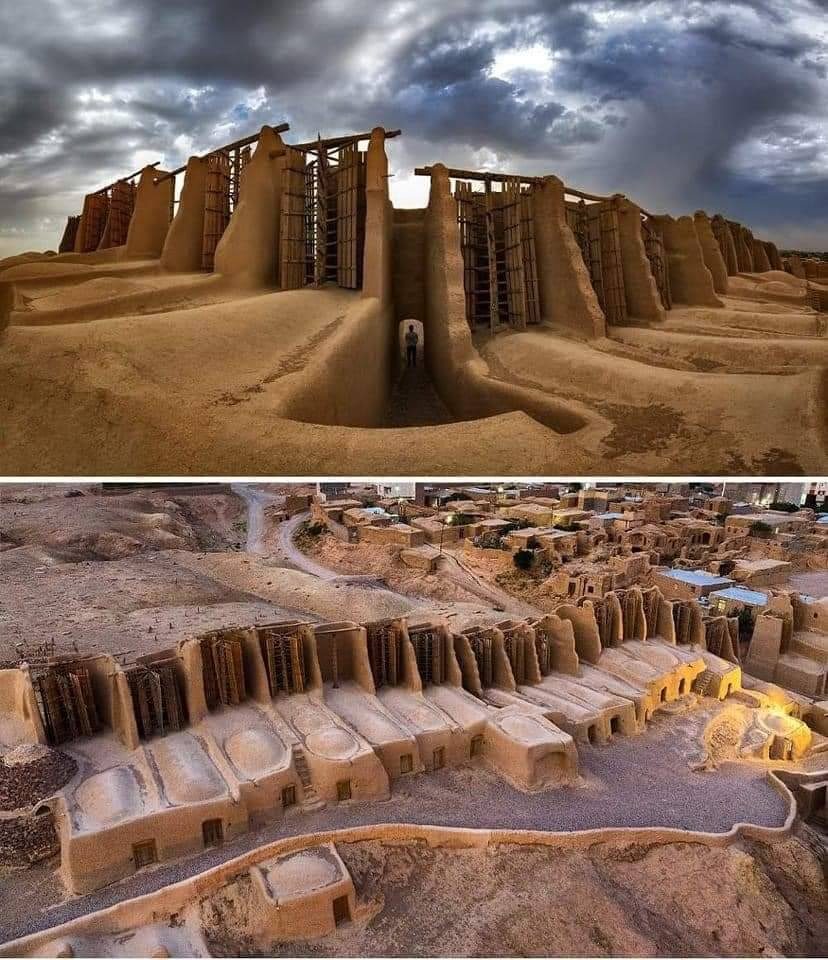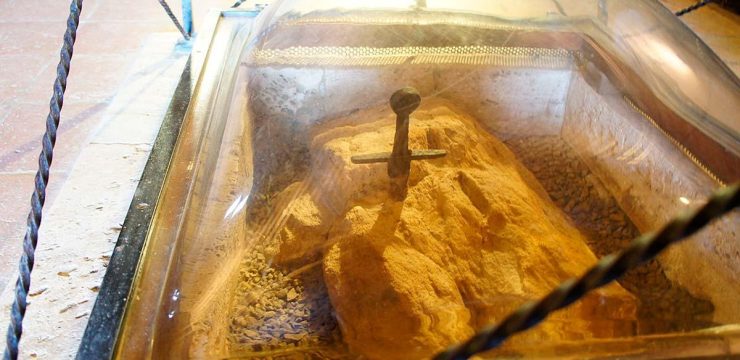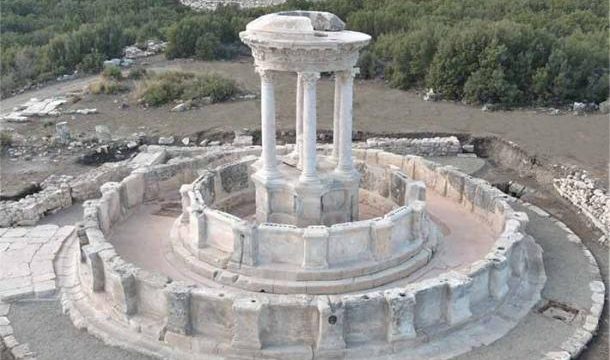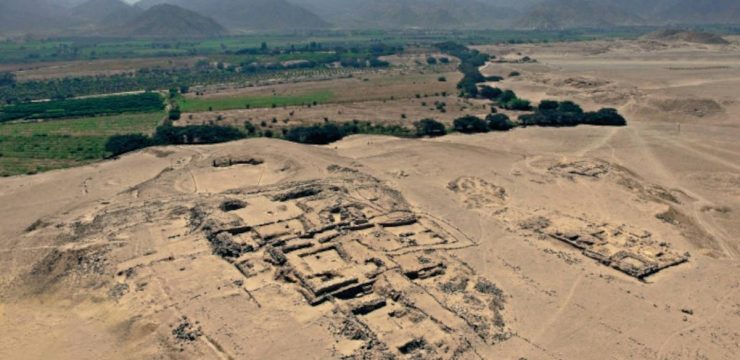Deep within the ruins of ancient Pompeii lies a modest yet extraordinary home that has fascinated archaeologists, historians, and travelers for generations. Known as the House of the Orchard, this structure may be smaller than the grand villas that surround it, but within its simple layout resides a remarkable collection of frescoes that reveal the sophistication, values, and everyday life of ancient Romans. As a professional archaeologist with over fifty years of experience in studying ancient civilizations, I find this house to be one of the most compelling examples of how Roman culture fused nature, art, and domestic living into a cohesive and meaningful experience.

The House of the Orchard, believed to date back to the 3rd century BC, met its tragic end with the infamous eruption of Mount Vesuvius in 79 AD. Like much of Pompeii, it was suddenly buried beneath layers of volcanic ash, a disaster that ended lives and froze an entire city in time. Yet, it is precisely this natural calamity that gave the house its unexpected preservation. The ash, though destructive, acted as a seal that protected the building’s interiors, especially the stunning wall frescoes, from weathering and decay for nearly two thousand years. When excavators uncovered the house in the early 20th century, they were greeted with an unparalleled glimpse into a world long gone, preserved as if waiting patiently to share its story.
What makes the House of the Orchard especially unique is its interior artwork, where the walls themselves become a vivid canvas for the natural world. Unlike many Roman homes decorated with mythological or historical scenes, this house embraces a celebration of nature through intricate frescoes of trees, shrubs, fruit-laden branches, and fluttering birds. These paintings are more than just decorative – they reflect a philosophical and cultural approach deeply rooted in Roman society. The ancients viewed nature as a source of harmony, abundance, and spiritual renewal. By surrounding themselves with painted gardens, they symbolically invited the virtues of the natural world into their everyday lives.
The central feature of the house is its peristyle – a colonnaded garden courtyard that embodies the Roman passion for blending architecture with nature. In the House of the Orchard, the real garden within the peristyle is visually extended by the illusionistic frescoes on the surrounding walls. These painted gardens create a mesmerizing effect, merging the boundaries between the built environment and the natural world. Visitors walking through the house feel as though they are stepping into an endless orchard, one that exists simultaneously in both the physical and artistic realm. The seamless fusion between nature and art is a testament not only to Roman aesthetic sensibilities but also to their understanding of tranquility, wellness, and the sacredness of life.
The artistic techniques used in the frescoes reveal a high level of mastery and intent. Artists employed sophisticated methods such as perspective, shading, and layered composition to achieve a sense of depth and realism. Fruit trees and birds are rendered with careful attention to species, form, and texture, offering insight into the plants and animals that were familiar to Romans. These paintings are not just visually pleasing – they are informative, almost scientific, and deeply emotional in the way they celebrate the richness of life and the beauty of the world.
In recent years, the House of the Orchard has undergone a significant and sensitive restoration process. Conservation experts and archaeologists worked meticulously to stabilize the building’s fragile structure and rejuvenate the frescoes without compromising their authenticity. The challenge of preserving the vibrancy of ancient pigments while safeguarding against modern environmental threats is no small task. Yet the results are remarkable. Thanks to these efforts, the walls now reflect the brilliance and warmth that once greeted Pompeian homeowners and their guests. Visitors today can experience a nearly identical sense of awe and peace as the original inhabitants might have felt over two millennia ago.
But the significance of this house goes beyond its aesthetic appeal. It offers a rare and intimate window into Roman domestic life – how people lived, what they valued, and how they sought to create beauty in their everyday surroundings. Unlike public spaces or imperial buildings that often serve political or propagandistic purposes, the House of the Orchard speaks to the private realm. It reminds us that even in ancient times, people longed for comfort, harmony, and connection with nature within the walls of their homes.
Standing in these rooms today, one cannot help but feel a profound sense of connection across time. The House of the Orchard is not simply a historical artifact; it is a living expression of Roman values and ingenuity. It tells a story that is still relevant – one of resilience, creativity, and our enduring desire to find peace through nature. The fact that this modest home continues to captivate and inspire people from all over the world speaks to the timeless quality of its art and the universal human themes it represents.
In many ways, the survival of the House of the Orchard is a miracle. Despite the devastating force of Mount Vesuvius, and the centuries of silence that followed, this little house persisted. Through ash, time, and rediscovery, it has emerged as a beacon of ancient beauty and a reminder of what we stand to gain by preserving our cultural heritage. It is not just a story of a home, but a story of human creativity and how art can transcend tragedy.
As you walk through its quiet corridors, gaze at its detailed walls, and breathe in the echoes of ancient footsteps, you become part of a story that began over two thousand years ago. The House of the Orchard invites each visitor to pause, reflect, and appreciate the profound wisdom and artistry of the Romans – a legacy that, despite all odds, continues to bloom.





